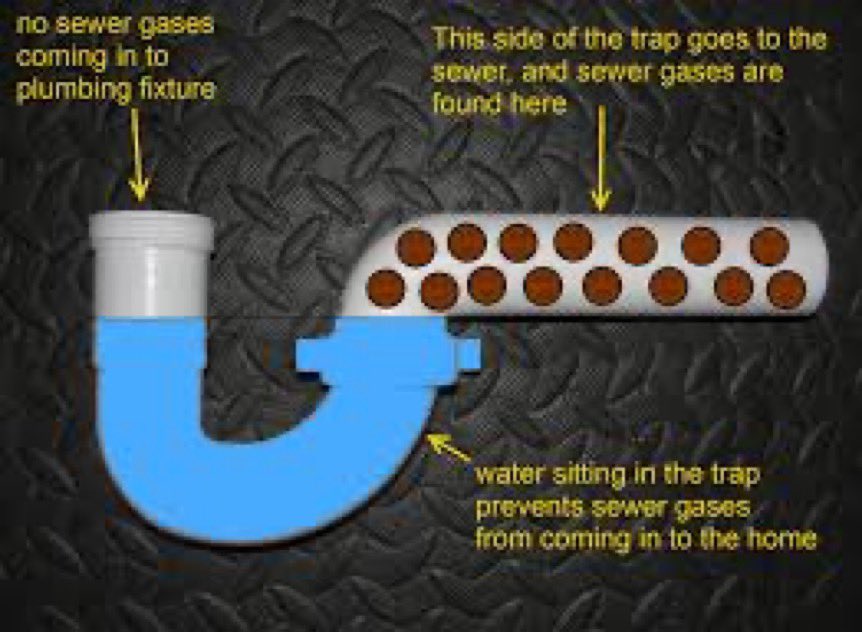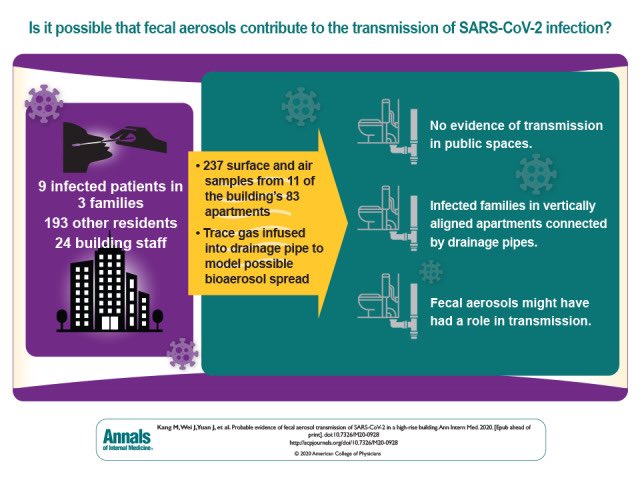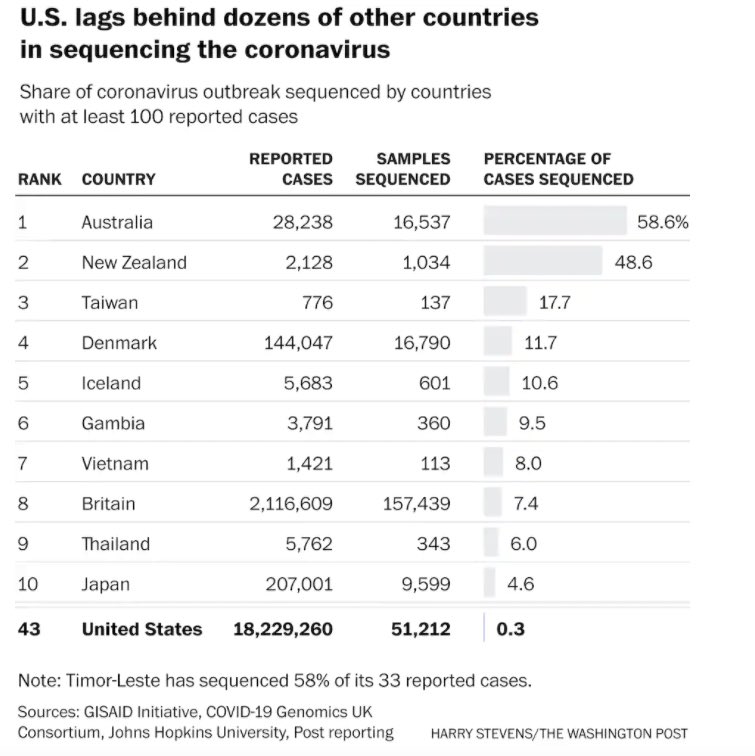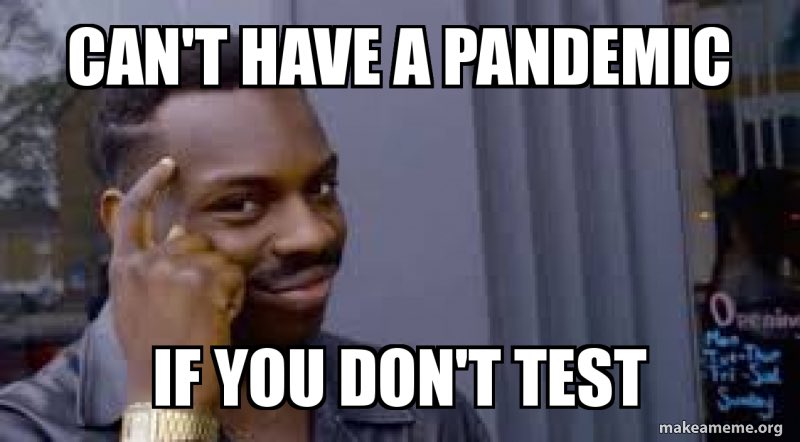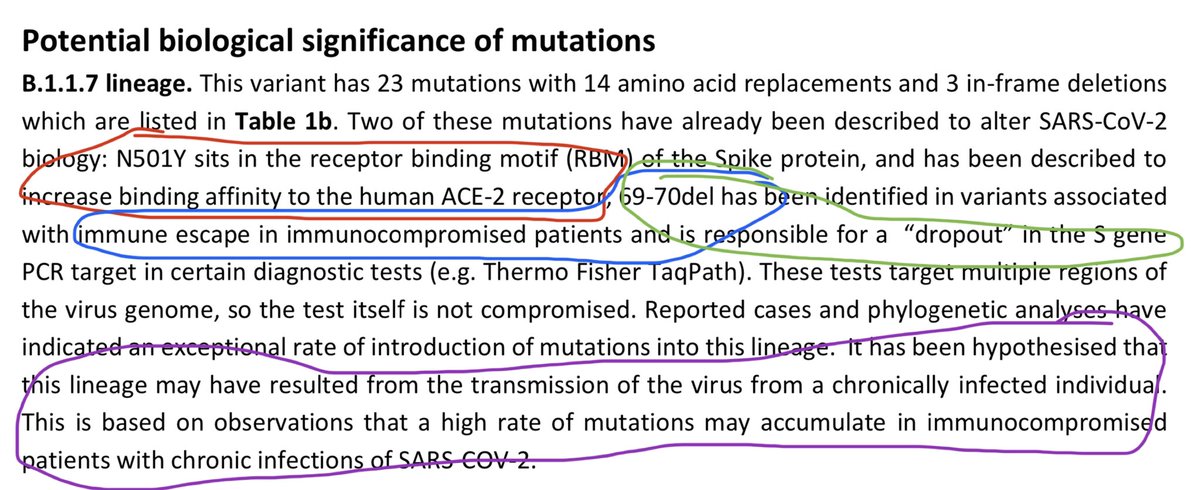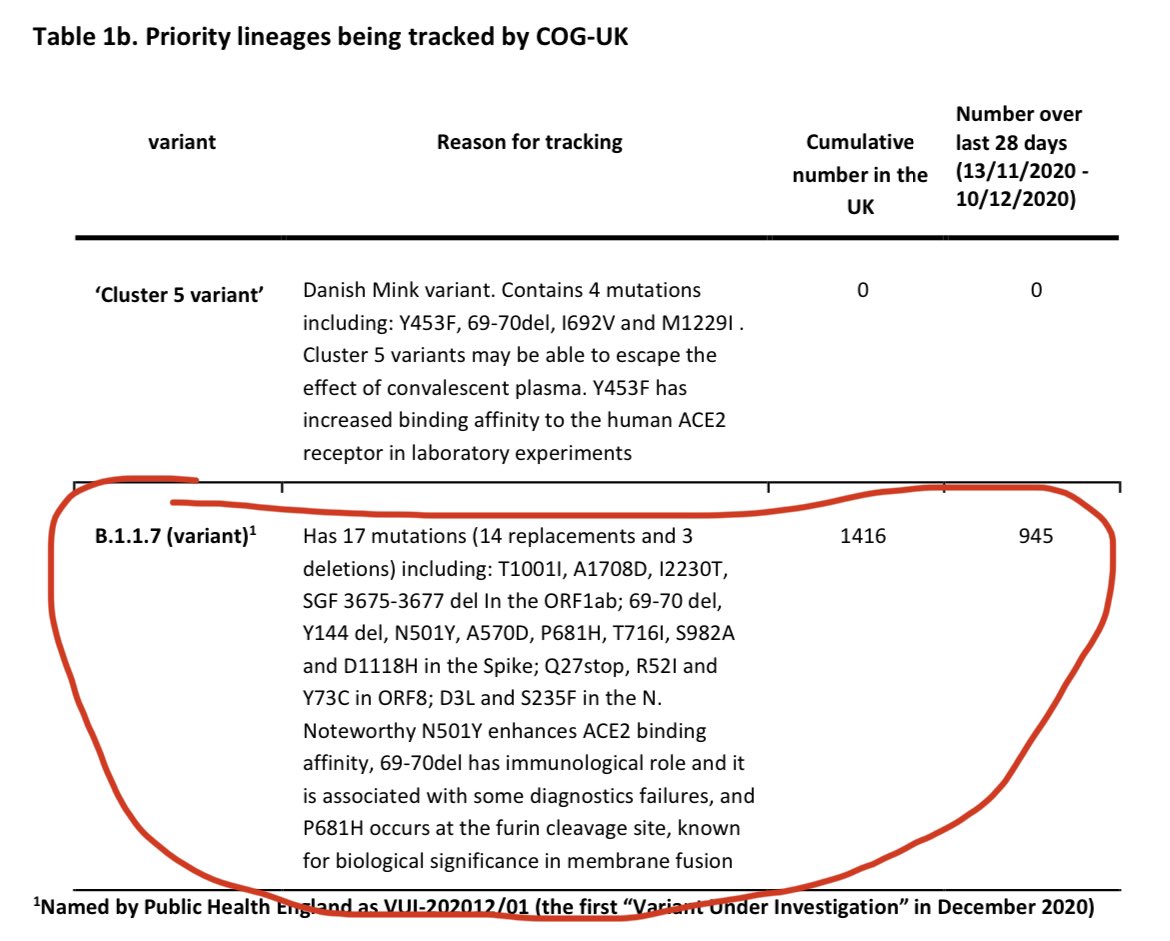
On the brink—
📌Over 2 in 5 U.S. hospitals with intensive care units have reached occupancy levels of >=85%.
📌Contrast with early Oct, just 1 in 4 that full. #COVID19
📌The 85% occupancy’ is the threshold to trigger regional stay-at-home orders.
nytimes.com/interactive/20…
📌Over 2 in 5 U.S. hospitals with intensive care units have reached occupancy levels of >=85%.
📌Contrast with early Oct, just 1 in 4 that full. #COVID19
📌The 85% occupancy’ is the threshold to trigger regional stay-at-home orders.
nytimes.com/interactive/20…

2) “When patients get really sick with Covid, they’re in the hospital for weeks,” said Dr. Arghavan Salles, a physician who has worked in I.C.U.s in New York and Arizona over the course of the pandemic. 

3) “When patients get really sick with Covid, they’re in the hospital for weeks,” said Dr. @arghavan_salles, a physician who has worked in I.C.U.s in New York and Arizona over the course of the pandemic. 

4) “many U.S. hospitals are stretched to their limits, and their staff members have borne the brunt of the pandemic’s stress for months on end.
“We’ve already taxed health care workers so much for all these months,” Dr. Salles said, both in terms of the physical and mental toll
“We’ve already taxed health care workers so much for all these months,” Dr. Salles said, both in terms of the physical and mental toll
5) ““I’m just at the end of three weeks,” Dr. Salles said last week of her most recent stint in Arizona, “but I don’t know how many more conversations I can have with people sobbing on the other side of the line and have almost nothing I can offer aside from empathy.”
• • •
Missing some Tweet in this thread? You can try to
force a refresh

